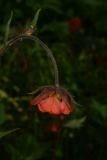Additional notes (click to expand)
Medicinal
The following notes refer to the species of this plant.
In traditional medicine the root is anti-inflammatory, antiseptic, aromatic, astringent, diaphoretic, febrifuge, stomachic, styptic and tonic. An infusion is taken internally in the treatment of diarrhoea (and is suitable for children to use), intestinal and stomach complaints, liver disorders etc, it is also applied externally as a wash to various skin afflictions - it is said to remove spots, freckles and eruptions from the face[Grieve. A Modern Herbal. Penguin 1984]. This plant has similar properties but is less active than the related G. urbanum and so is seldom used medicinally[ Launert. E. Edible and Medicinal Plants. Hamlyn 1981]. The root is best harvested in the spring, since at this time it is most fragrant. Much of the fragrance can be lost on drying, so the root should be dried with great care then stored in a cool dry place in an airtight container, being sliced and powdered only when required for use[Grieve]. The root is rich in tannin and is a powerful astringent[Foster. S. & Duke. J. A. A Field Guide to Medicinal Plants. Eastern and Central N. America. Houghton Mifflin Co. 1990]
https://pfaf.org https://pfaf.org/User/Plant.aspx?LatinName=Geum+rivale
Nomenclature
Used to treat diarrhoea, especially in children by Iroquois, Algonquians, and Malecite. Parkinson (1640) is unspecific regarding the medicinal properties of different species, but this is probably his Caryophyllata montana sive palustris purpurea, Purple Mountaine or Marsh Avens (and the current American common name is 'Purple Avens' and he notes that a plant of this, 'but taller and greater' has been recently brought from Virginia by John Newton a Surgeon of Colliton. John Newton was a surgeon who died in Colyton (present spelling) in Devon in 1647. He also brought Lobelia cardinalis for Parkinson. He notes that Caryophyllata is the Geum of Pliny.
Oakeley, Dr. Henry F. (2013). Wellcome Library notes.
link
Other use
Geum rivale L. Rosaceae. Water Avens. Indian Chocolate. 'Leonard's Variety' is a semi-double form. Distribution. Northern Europe, central Asia, North America. Water Avens, chocolate root, Indian chocolate. Used for most stomach problems and as a styptic for uterine haemorrhage, leucorrhoea, haematemesis and as a febrifuge (according to Rafinesque). In the US Pharmacopoeia at some time in past. Toxic effects: severe jerking, tearing pains like electric shocks from abdomen to end of urethra (Milspaugh, 1974). Used to treat diarrhoea, especially in children by Iroquois, Algonquians, and Malecite. Parkinson (1640) is unspecific regarding the medicinal properties of different species, but this is probably his Caryophyllata montana sive palustris purpurea, Purple Mountaine or Marsh Avens (and the current American common name is 'Purple Avens' and he notes that a plant of this, 'but taller and greater' has been recently brought from Virginia by John Newton a Surgeon of Colliton. John Newton was a surgeon who died in Colyton (present spelling) in Devon in 1647. He also brought Lobelia cardinalis for Parkinson. He notes that Caryophyllata is the Geum of Pliny. He gives a great many uses.
Oakeley, Dr. Henry F. (2013). Wellcome Library notes.
link
Geum rivale 'Leonard's Variety'
Family: ROSACEAEGenus: Geum
Species: rivale
Cultivar: 'Leonard's Variety'
Distribution summary: N. America, Eurasia
Habit: Perennial
Hardiness: H5 - Hardy; cold winter
Garden status: Currently grown
Garden location: Europe & Middle East (J), North America (A)
Flowering months: May, June
Reason for growing: Medicinal

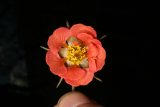
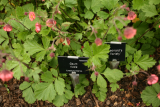
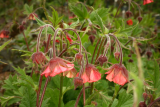
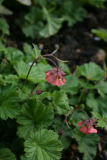
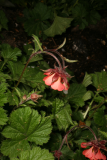

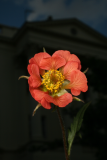
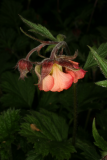

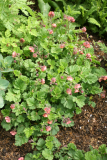

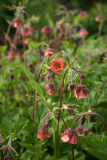
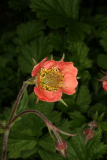

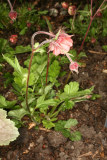

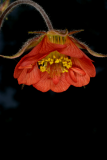
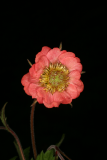


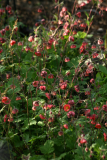
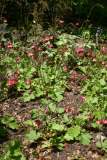
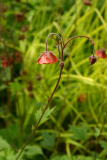
.JPG)
